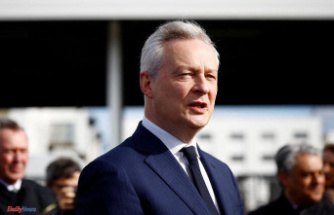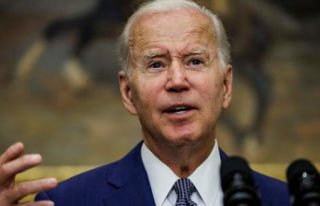With the fall of Lysychansk, Russia controls the Luhansk region. Austrian Colonel Markus Reisner now expects an offensive in the Donetsk region. But other areas of Ukraine could also come into focus in the coming months, says the military expert.
Since withdrawing from the Kyiv area, Moscow's forces in Ukraine have been concentrating on conquering the Donbass. After initial teething problems and the unsuccessful pincer attack in the Donetsk region, the Russian armed forces have gradually gained ground over the past few weeks thanks to their artillery superiority. On Sunday, the Kremlin announced the "liberation" of the entire Luhansk region after the fall of the twin cities of Sieverodonetsk and Lysychansk.
This begs the question of what targets Russian troops might consider next. The Austrian colonel and military historian Markus Reisner, along with other experts, assumes that Donetsk is now the focus of Moscow's attention. About half of the Donbass region is already occupied by Russian troops.
According to Reisner, two lines of defense would prove beneficial for repelling the Russian attack. The front line, to which the Ukrainian troops have withdrawn from Lysychansk, runs south from Seversk to Bakhmut, a good 38 kilometers away. "The second line of defense in depth, which is particularly favorable because it strings urban areas together like a string of pearls, goes from Sloviansk and Kramatorsk down to Torezk," explains Reisner in a video on the Austrian Armed Forces' YouTube channel.
However, the question arises as to how many operational forces Kyiv still have. Should Ukraine fail to establish a solid line of defence, the Russians would try to use the momentum to push in immediately. "A frontal attack would be a possibility," says Reisner. Encircling the lines from the north from the Izyum area would also be conceivable. According to reports, Moscow's military planners are already gathering forces there. However, a Russian advance in depth would also make the Russian units vulnerable because of the open flanks.
It is estimated that before the start of the Battle of Donbass, Ukraine had about 81 battalion combat groups, while Russia fielded 93 groups. In the past few weeks, Moscow has reinforced its formations by around 15 more battalions, while the Ukrainian units have been increasingly weakened by the fighting. "Of course you have to take into account that both sides have suffered losses," says Reisner. "But you can see that the Ukrainian side is having difficulties bringing in additional forces." Russia, on the other hand, can still add material and personnel.
In addition to the Donbass, Reisner also describes the situation in the Cherson region as problematic. There, Russia's troops have already established a bridgehead across the Dnieper. From there, the start of an offensive towards Odessa or Kyiv is conceivable next spring. "By the end of the summer, both sides will try to bring about a decision in their favor on the battlefield," says Reisner. The winter will then bring the fighting to a standstill.
While Russia's army can consolidate and gather forces for a spring offensive, Kyiv must get "35 million Ukrainians" through the cold season. The problem is that most of the wheat-growing areas are in the occupied areas in the south and east of the country. "The problem with Ukraine is that it won't survive the winter without massive support from the West, but it won't be able to continue fighting Russia either," Reisner said.












